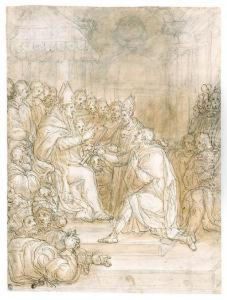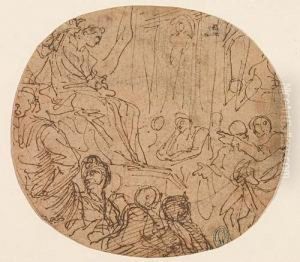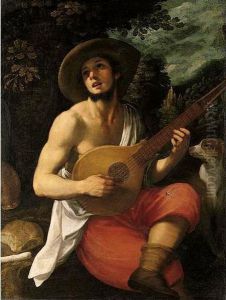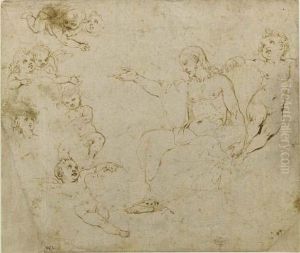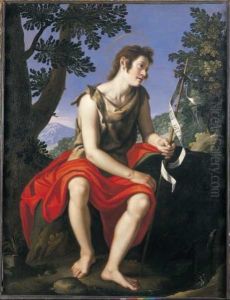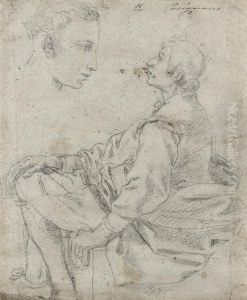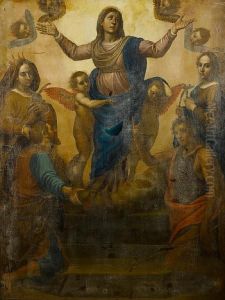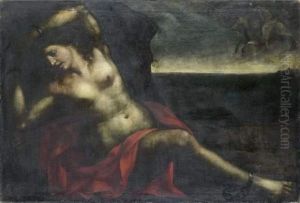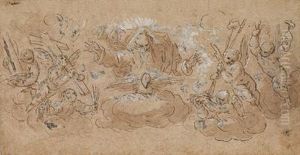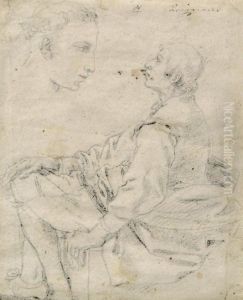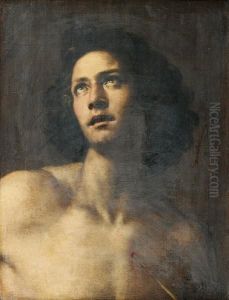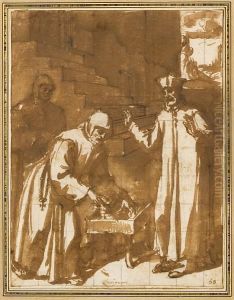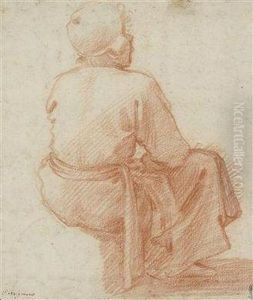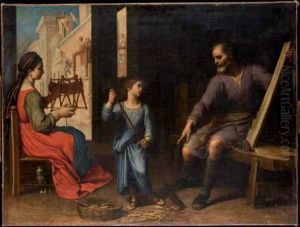Domenico Cresti Il Passignano Paintings
Domenico Cresti, better known as Il Passignano, was an Italian painter of the late Renaissance period, active mainly in Florence and Venice. Born in 1559 in Passignano sul Trasimeno, a small town in the region of Umbria, he later adopted the name of his birthplace as his nickname. Cresti received his initial training in Florence, where he was influenced by the works of Vasari and the Mannerist style. However, his style evolved significantly over the years, incorporating elements of the emerging Baroque movement. Il Passignano's talents were recognized early in his career, leading him to receive commissions from some of the most prestigious patrons of his time, including the Medici family in Florence. His work encompasses a wide range of subjects, including religious and mythological scenes, portraits, and frescoes. One of his most notable contributions to art history is his decoration of the dome of the church of San Giovanni dei Fiorentini in Rome, a project that highlighted his mastery of fresco painting. Despite his success, Il Passignano's work was somewhat overshadowed by the achievements of his contemporaries, such as Caravaggio and the Carracci brothers, who were leading figures in the transition to the Baroque style. Nevertheless, Passignano's contributions to Italian art were significant, especially in his use of color and light, which would influence the next generation of artists. He spent the later years of his life in Florence, where he continued to paint and mentor young artists until his death in 1638. Il Passignano left behind a rich legacy that reflects the transitional period of Italian art from the Renaissance to the Baroque, and his works are still admired for their beauty and historical value.
